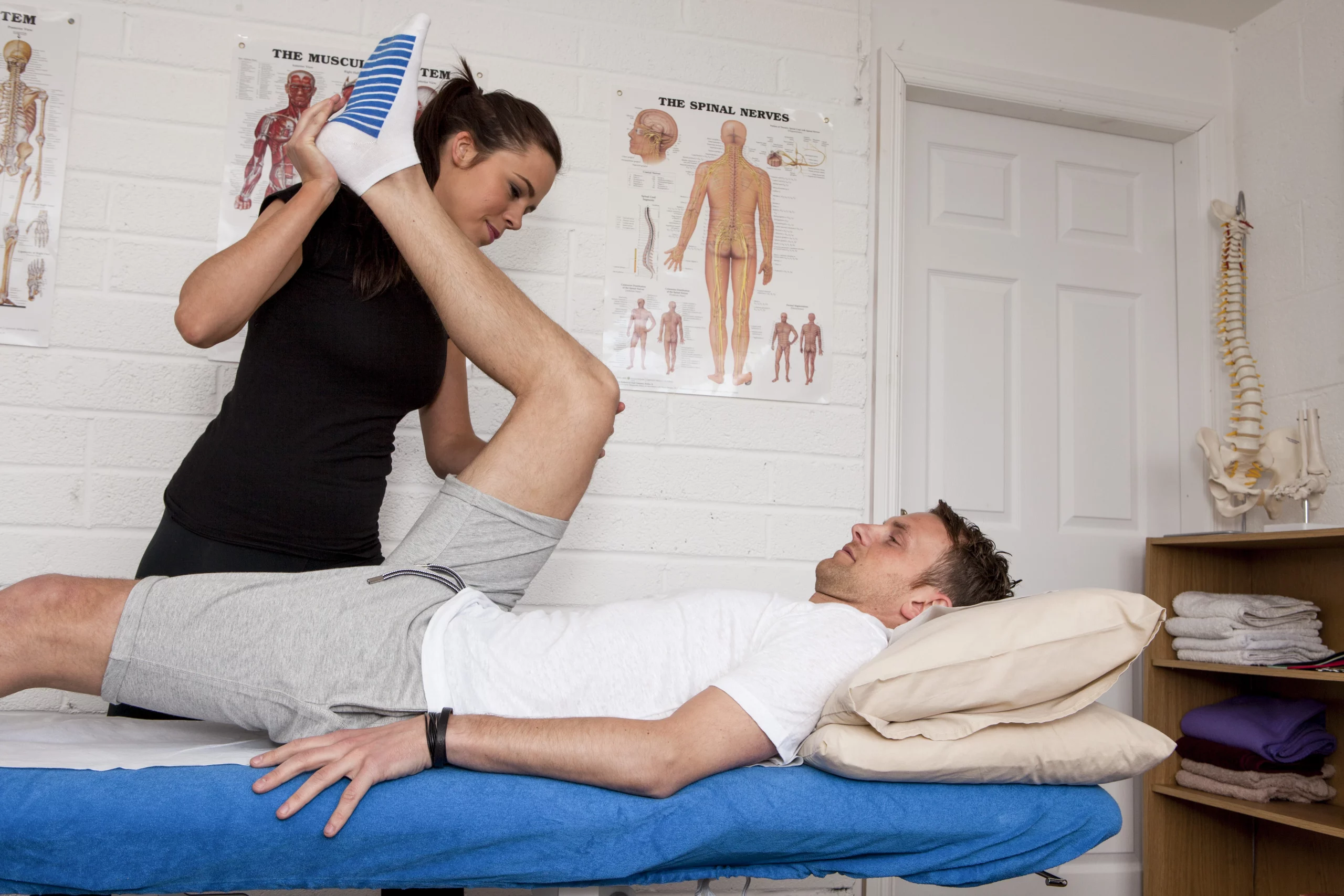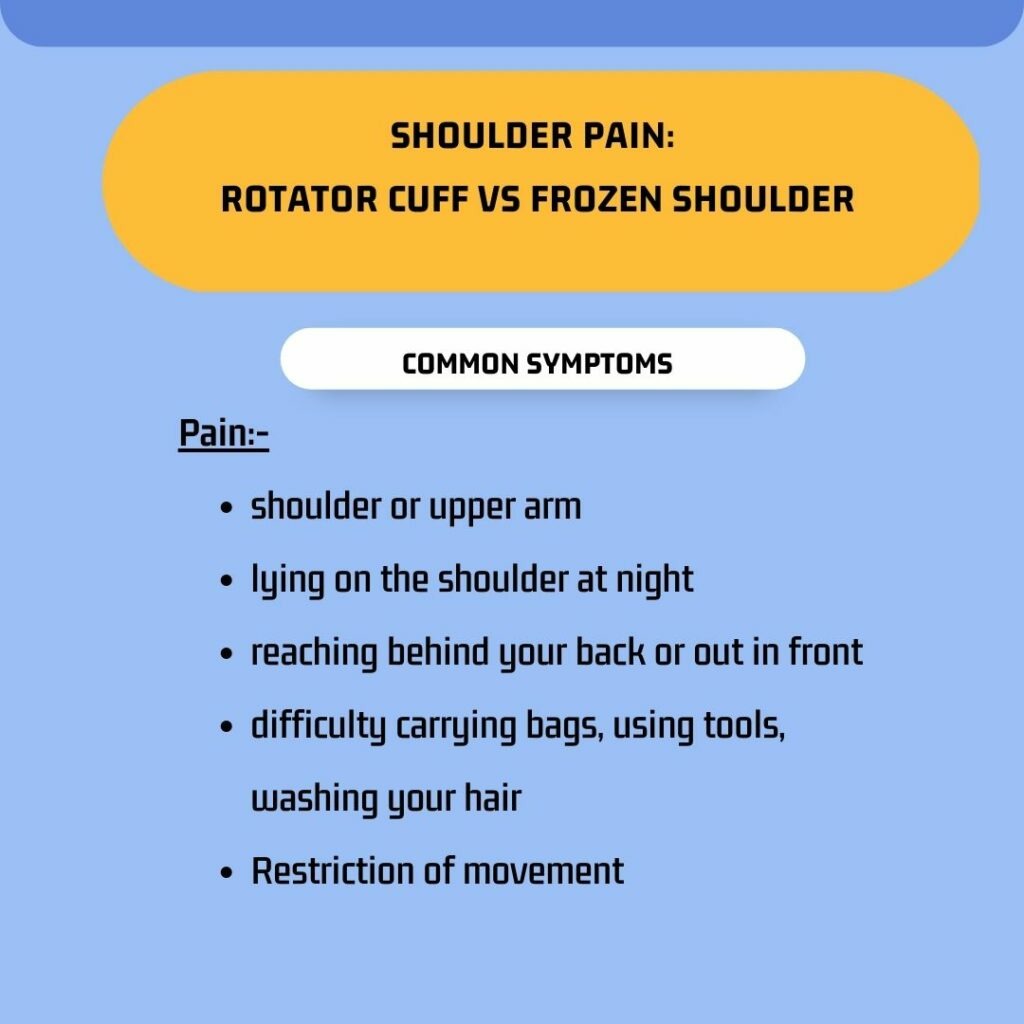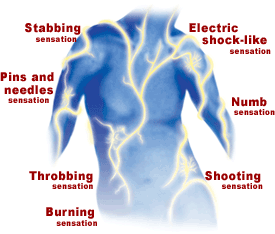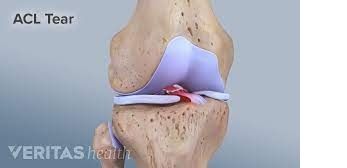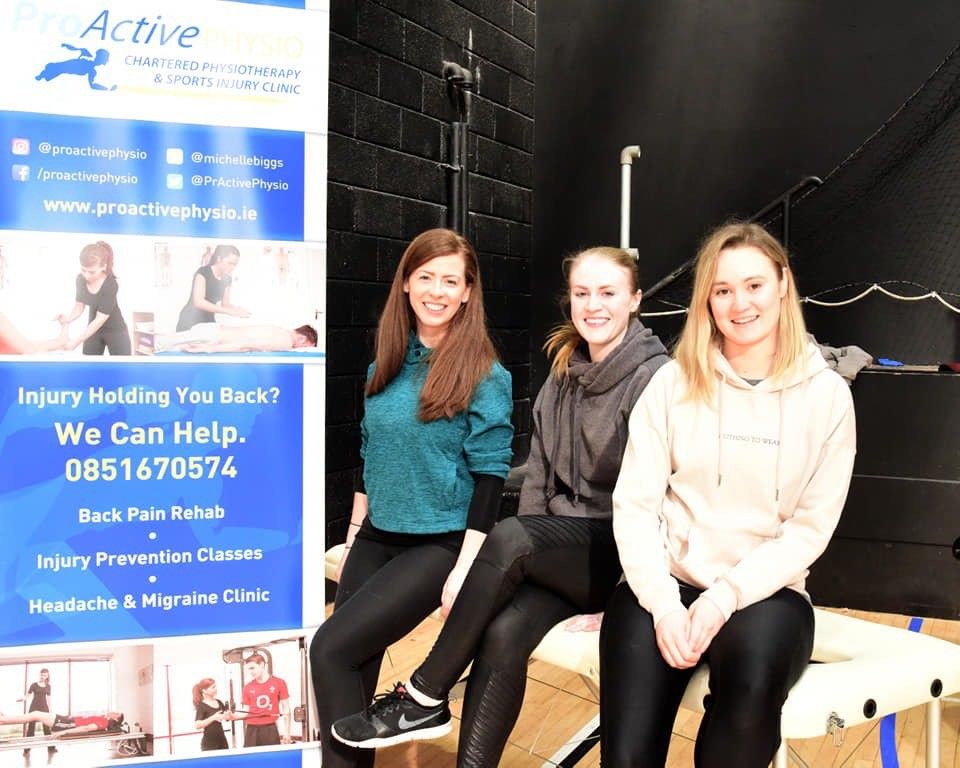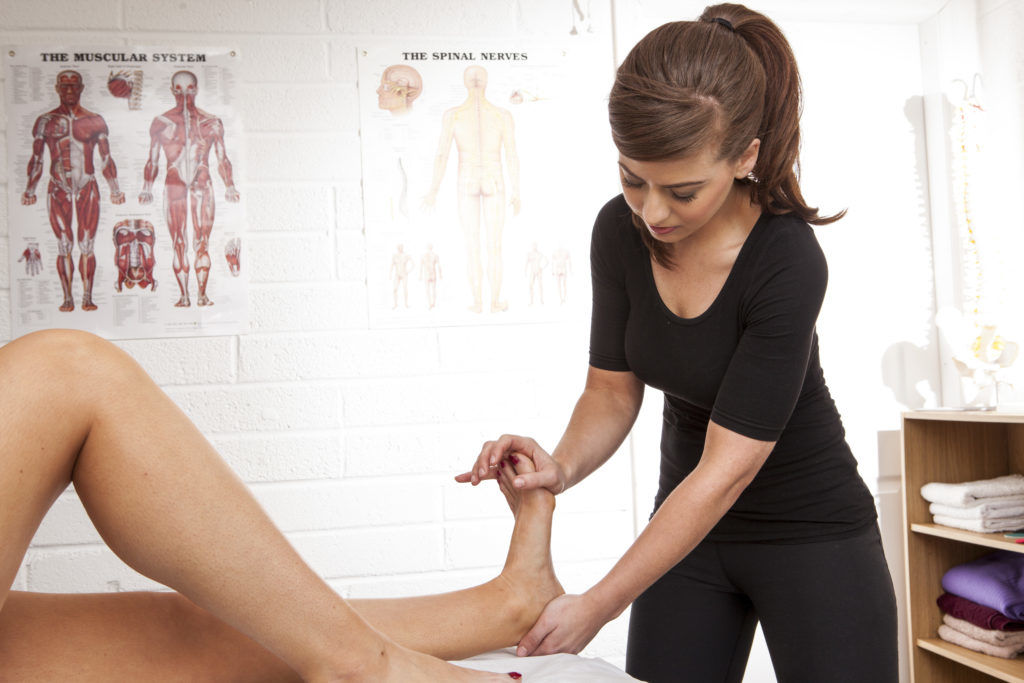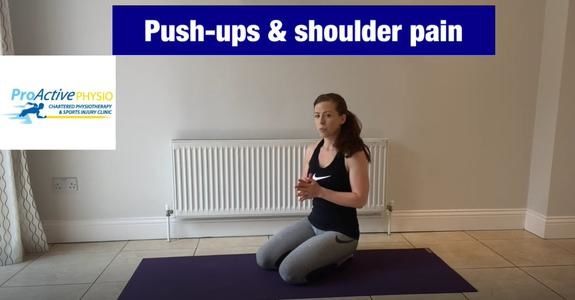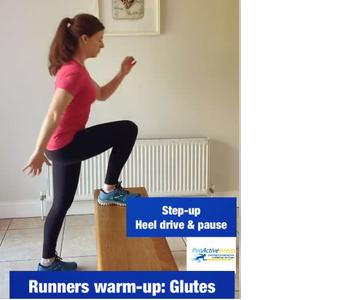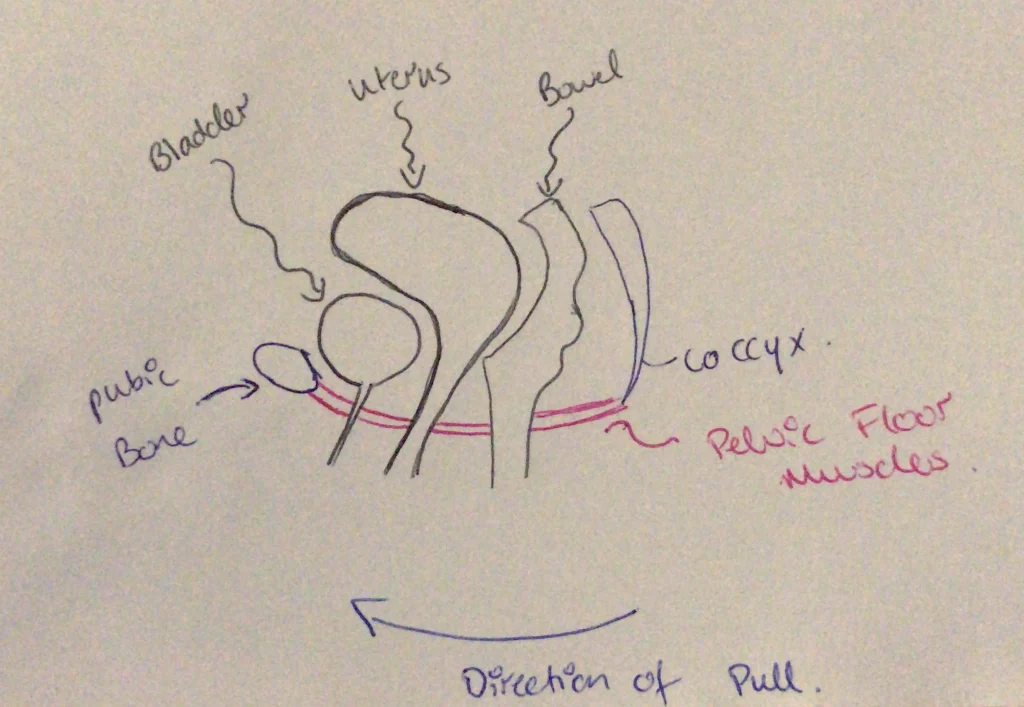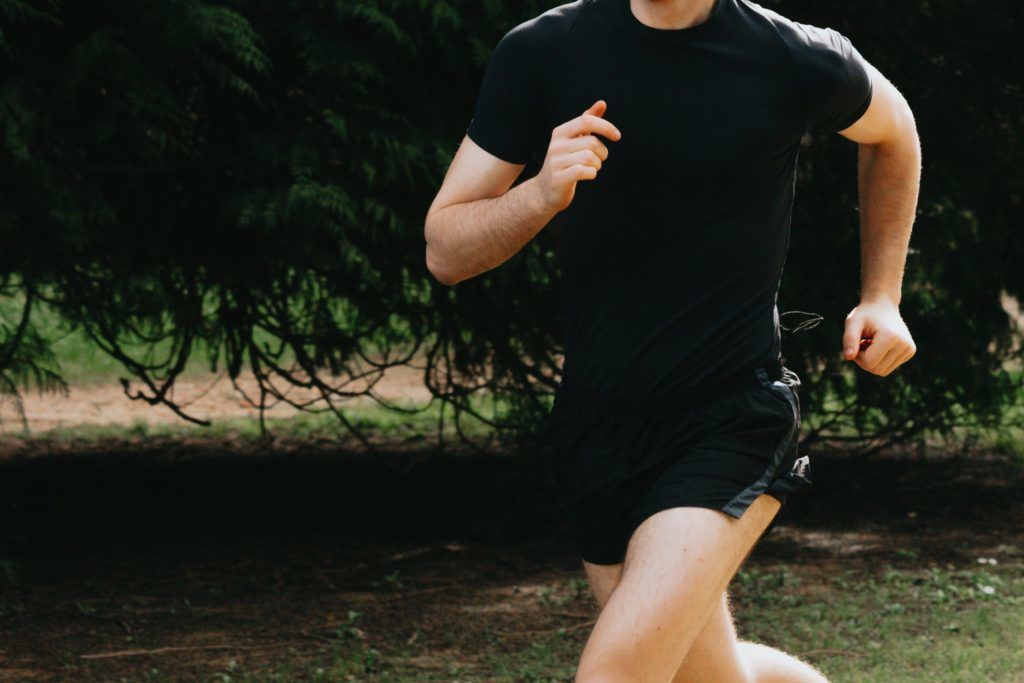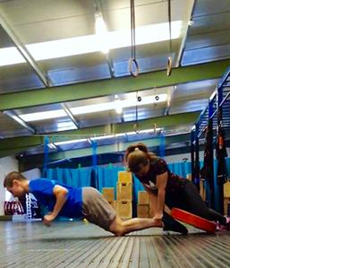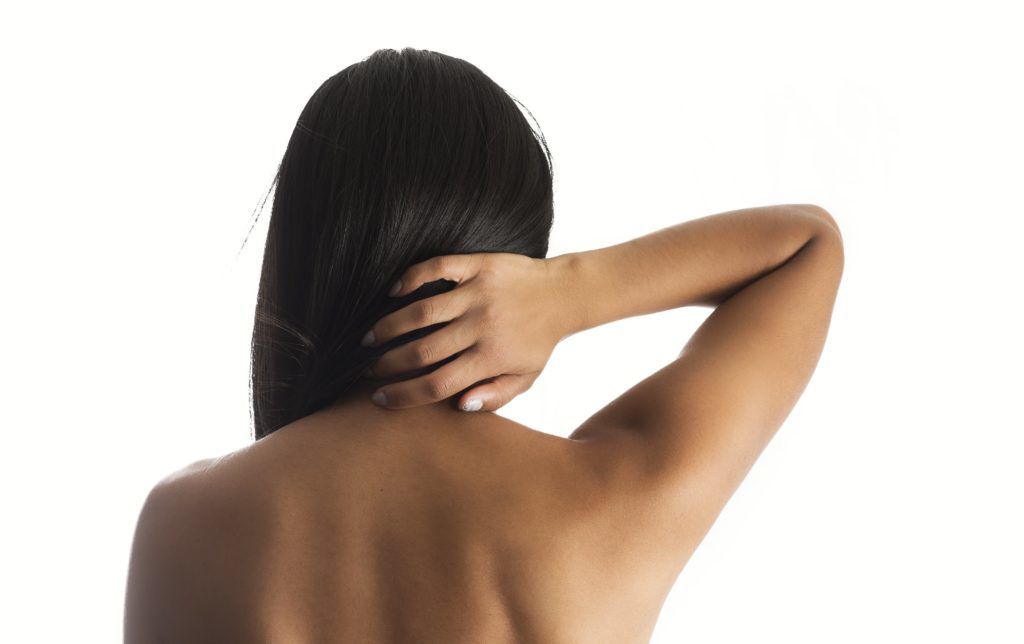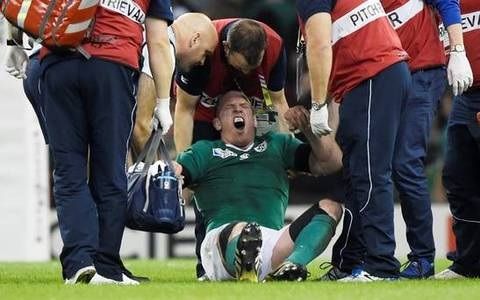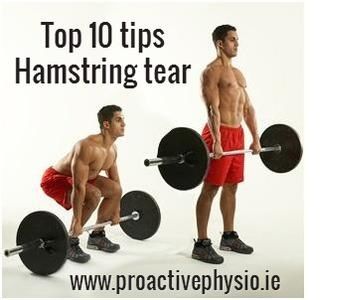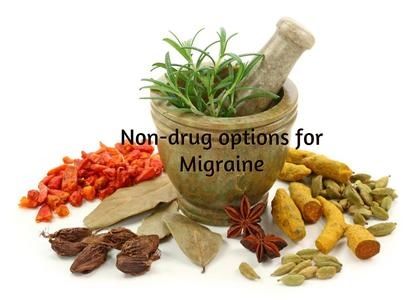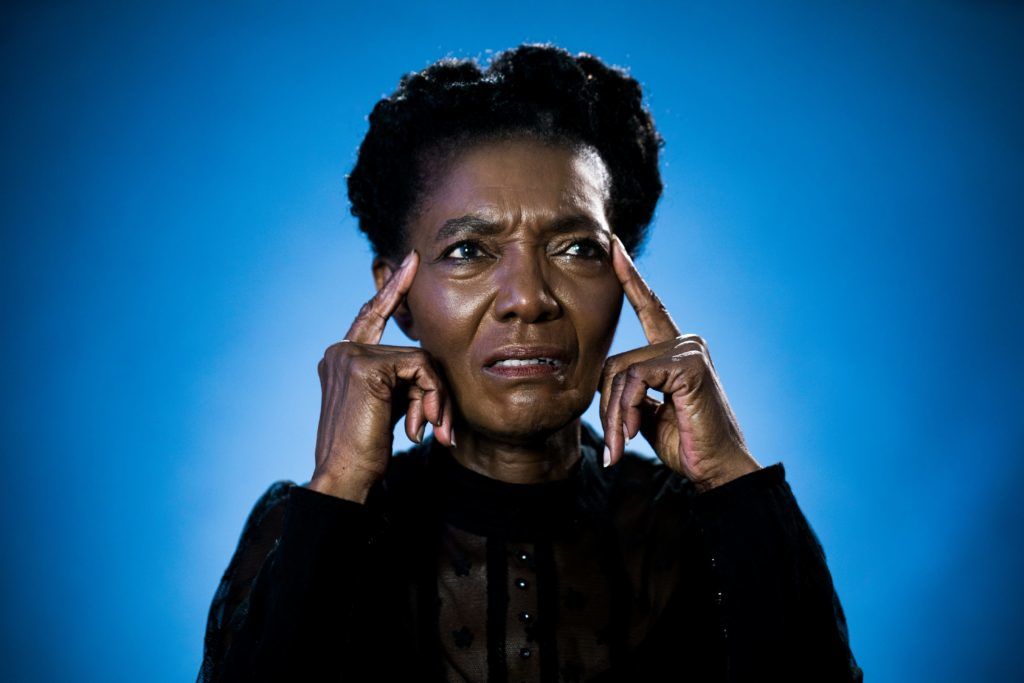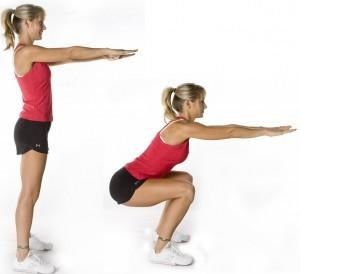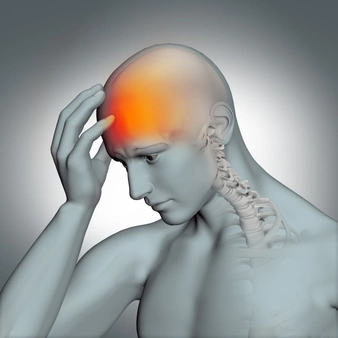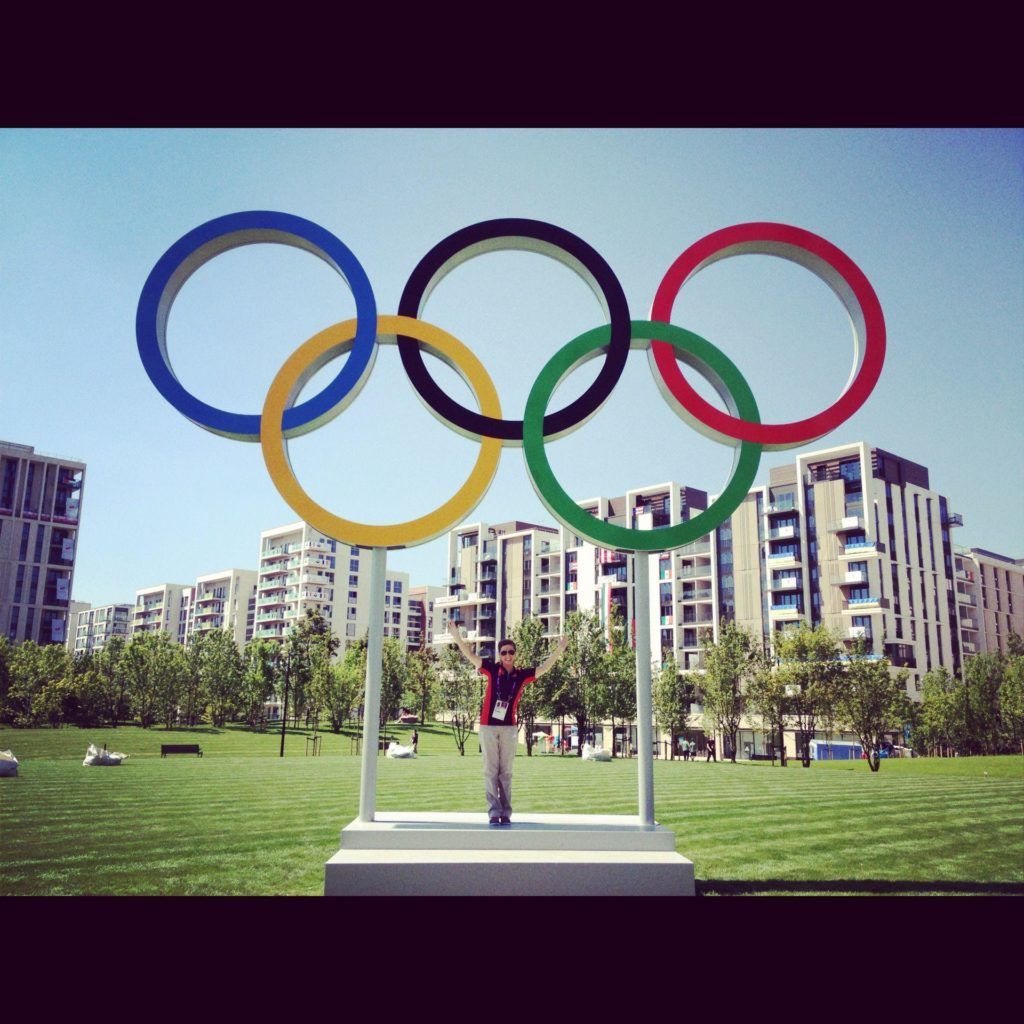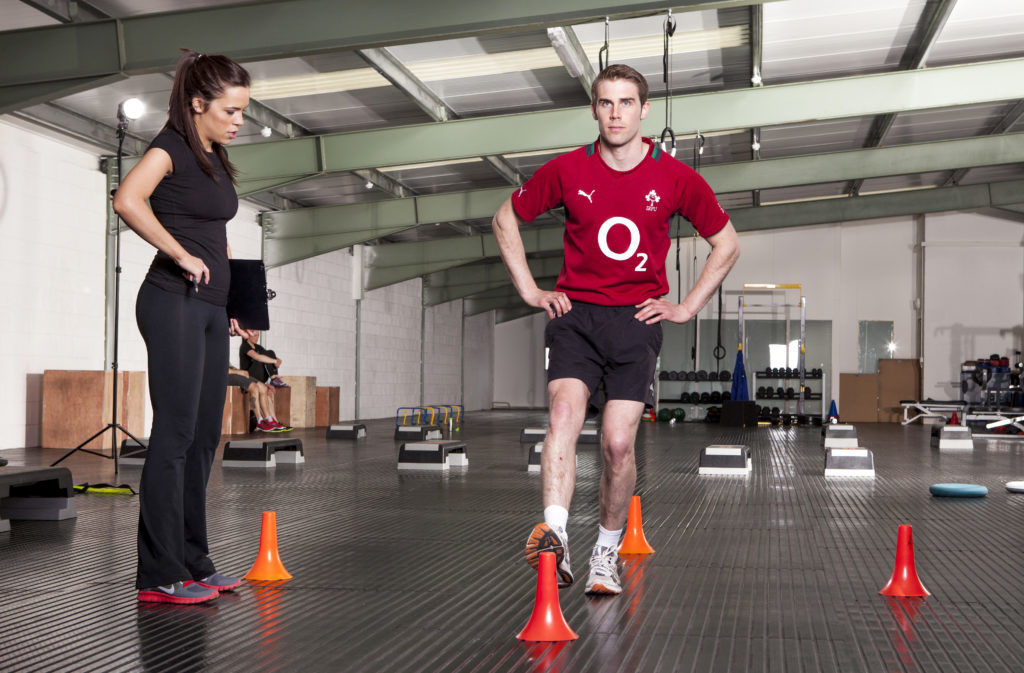We are going to run a series of information articles on hamstring injuries. It is by far one of the most common sports injuries we see here at the clinic. In this first article we will look at how common hamstring injuries are and who is most at risk.
Future articles will include information on diagnosing how severe the injury is, your prognosis for return to sport, what to do in the initial injury stage and reducing your risk of future injury. We will also discuss common beliefs on stretching and “core” muscles relative to hamstring injuries.
How common are hamstring injuries?
Hamstring injuries are most common in sports that involve running and sprinting. They account for 17-30% of all injuries in sports such as Soccer, GAA, Aussie Rules, Rugby, and Athletics.
How do you injure your hamstrings?
Simply put, the hamstrings fail to absorb the force through the muscle; the muscle unit fails and results in a muscle tear. Hamstring muscle injuries most commonly occur when the athlete is sprinting, just as the front heel is about to touch the ground. This is the position at which the hamstrings are most vulnerable; therefore it makes sense that this is the most common position for injury. It can also occur in other positions such as an overstretched position and also just as the athlete is about to take off in a sprint.
Why is there so much talk about hamstring injuries?
The data for hamstring injuries show that on average per club (soccer, rugby etc), they will have 5/6 players with hamstring injuries per season. This results in approximately 21 missed player games per club per year. There is also a high re-injury rate of 12-31%, which leads to even longer absences.
Who is most at risk?
Those most at risk are male, over 23 years with a history of a previous hamstring injury.
Previous injury
A history of a previous hamstring injury means you are 2-6 times more likely to re-injure your hamstring. You are most at risk in the 3 weeks you return to sport. For the year post injury you are 3 times more likely to sustain a hamstring injury.
Increasing age
Any athlete 23 years or older has up to a 4 times greater risk of hamstring injury. This risk of hamstring injury increases by 30% annually.
Muscle weakness and Strength imbalances
Weakness and imbalance in the quads and hamstring muscles has been shown to be associated with future injury. In previously injured hamstrings, weakness has been shown to continue to exist long after the player has returned to sport.
This is very important because this is your main modifiable risk factor. You can’t change the fact that you have injured your hamstring previously or that you are getting older but you can address weakness and muscle imbalances. This will be the focus of some of our future articles i.e. what exercises to do when you are injured and also what exercises to do to decrease your risk of future injury.
Feel free to share this article and if you would like us to discuss other areas in more detail just let us know. If you have a current hamstring injury or think you are at an increased risk of hamstring injury please feel to contact us for advice or an appointment.

